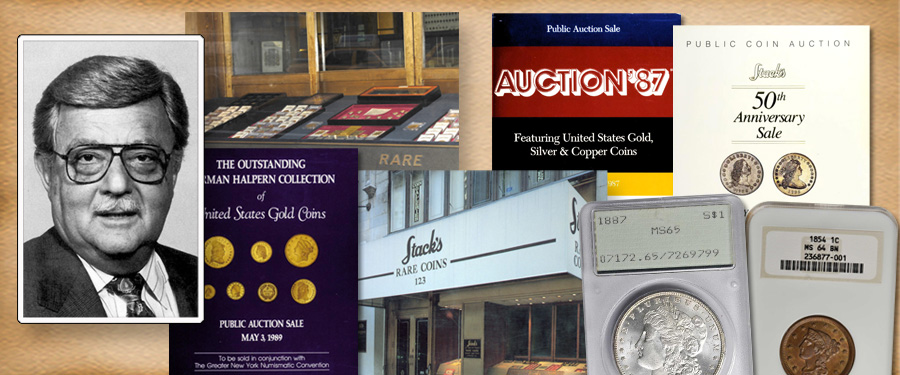
The year 1987 witnessed a mass expansion of the use of third-party grading services in the numismatic hobby, both by dealers and collectors. The issue of standardizing grading was not new as it had been an ongoing situation that could be traced back for decades, even centuries. Over the course of time there had been various attempts to define and perfect the art of grading, as have been discussed in earlier parts of this story. These included Dr. William Sheldon’s numerical grading system that he first published in Early American Cents in 1949, as well as steps taken by the American Numismatic Association and other entities to define grades and to offer professional grading to collectors and dealers. All with the goal that the hobby could provide confidence to those who could easily be taken advantage of by unscrupulous people in the industry. The need for improved third-party grading was essential.
While the Professional Coin Grading Service (PCGS) was up and running by 1986, it took almost a year for a similar style service, the Numismatic Guaranty Corporation (NGC) to get started by Mark Salzberg and a number of East Coast dealers. The two services became instant competitors, with advocates for each in the business. Some felt that one was more conservative in grading, and gave lower numbers to a graded coin, while the other was more liberal in grading and vice versa. This competition led to what became the "cracking out game," where if a submitter was not satisfied with the grade first received, the coin could be taken out of the holder (cracked out) and submitted to the other service in hopes of a better number. Of course, this could be confusing and led to many overinflated numbers in the population reports published by the third-party graders.
For some well-informed collectors and dealers, this system led them to become more educated about grading so that they could rely on their own opinions of a coin’s preservation and eye appeal. But the times were changing, and as the years became decades, on into the 21st century, the grading services were more and more relied upon by all in the hobby. For us at Stack’s, the "slabs" were a starting point, on top of which we added our own adjectival grading in descriptions. We continued to offer "raw," unslabbed coins as well, wanting to serve all types of collectors, those who wanted third-party grading and those who did not.
In 1987 Stack’s continued to be successful on the auction front, obtaining valuable and important consignments of both United States and foreign and ancient coins of all metals, as well as paper money. We conducted nine public auctions, including being the auctioneer for the Metropolitan New York Convention in the spring and New York International Convention in December. In addition, we continued our participation in the popular Apostrophe Auctions in conjunction with three other important United States dealers.
There were many things in the hobby that were changing, but we at Stack’s remained committed to providing the service and expertise that we were known for. My story will continue next time with 1988, another year of adjustments and changes in the hobby. One thing that affected numismatics greatly in the following year was October 19, 1987 – "Black Monday" – when there was a 20% slide down in the Stock Market that hit the financial world like a storm. Many people lost fortunes, especially in the form of stocks and precious metals, much of which had been bought with loans and on margin. According to the records, it took until the end of 1988 for the markets to regain what was lost.





